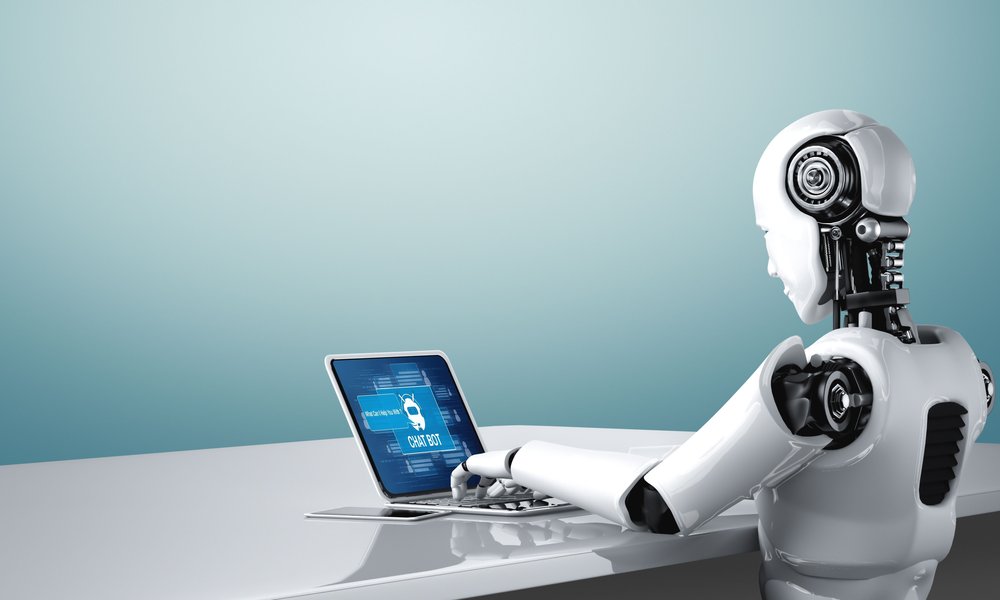Commercial context
Customer support in the telecoms has a critical problem. Most service is still reactive — operators wait for complaints, then respond. But this approach doesn’t just create delays and frustration, it misses the silent majority of customers who don’t complain, but simply leave. The result is silent churn, rising costs, and a support system that works too late.
At the same time, contact centers face growing pressure. Call volumes are high, wait times are long, and customers expect fast, personal answers. Hiring more agents isn’t always possible, and scripted automation rarely delivers a great experience.
As Ayedime Amadi, Senior Manager of Enterprise Architecture & Customer Channels at MTN Group, explains: “Personal experience has become a core differentiator for CSPs. The traditional model of customer service — waiting for customers to call and report issues — is no longer viable. It’s outdated and creates significant blind spots in the customer journey. The truth is, many dissatisfied customers never raise a complaint. This silent dissatisfaction often leads directly to churn.”
CSPs need smarter solutions that connect the dots early and act before customers reach out or silently leave. Developers must build these systems around customer-centric principles, with a focus on understanding and care.
The solution
The ‘Beyond Chatbots: Hybrid AI for fully automated proactive customer care – Phase II’ Catalyst is designed overhaul this well-known frustration. Built on a scalable, cloud-native foundation, it combines predictive AI with generative AI (genAI) to shift from reactive to proactive support with automated customer care across digital channels. By proving that a single hybrid-AI workflow can predict, engage, and resolve millions of issues autonomously, the Catalyst points to a fundamentally different future — one where intent-based experiences take center stage, and agentic flows anticipate what customers will do and resolve it through fully automated, intelligent action.
Predictive models analyze real-time and historical data — including network telemetry, usage patterns, and customer history — to identify customers at risk of calling, churning, or becoming dissatisfied. Once flagged, genAI agents generate personalized, context-aware messages based on each customer’s profile, service, and device. Unlike scripted systems, these agents use telecom-trained language models to engage naturally and resolve issues. Each component — detection, prediction, engagement — works together in real time, removing gaps and manual hand-offs. Live pipelines combine telemetry and service data, giving AI a complete customer view previously blocked by siloed systems.
These components align with TM Forum’s Open Digital Architecture and use Open APIs to ensure interoperability with existing B/OSS. Operators can plug in modules with minimal rework, speeding up deployment and enabling flexible reuse across operations. This modular, standards-based design supports faster integration and scalable, consistent innovation across services. By combining streaming data, intelligent automation and domain-specific genAI, the Catalyst transforms reactive service into a proactive engagement engine. It reduces support costs, improves satisfaction, and helps prevent silent churn through timely, data-driven responses.
Wider application and value
This Catalyst demonstrates a clear shift in how customer care operates — moving from reactive recovery to proactive engagement. In manual trials, service quality improved by over 30%, and more than 80% of customers reported satisfying transactions. Upsell rates also doubled. Now, with automation, CSPs can scale those gains across their entire customer base and multiple services.
As one project lead put it, this isn’t just about fixing problems, it’s about fixing the way support works. GenAI agents can now understand technical issues and communicate with people in ways that build trust and drive action. That means fewer calls, faster fixes, and more customers getting what they need without the hassle.
Reid Hauke, Enterprise Architect at Telia, explains. “I’m certain this application will have huge impact in any industry and sector, where customers and citizens rely on a centralized provider and human resources will always be limited, due to cost constraints.” This could include healthcare, utilities, and public services — where proactive communication is often the difference between success and frustration.
Customer care is a prized value in telecoms, so the stakes couldn’t be higher. Connectivity isn’t optional — it powers work, learning, health, and community. What CSPs couldn’t do before — act early, respond at scale, and personalize every interaction — is now possible with AI at the core. This Catalyst brings it to life, turning existing tools into a unified hybrid-AI engine that predicts, engages, and resolves before the customer reaches out — making care feel effortless for the CSP and seamless for the customer.

